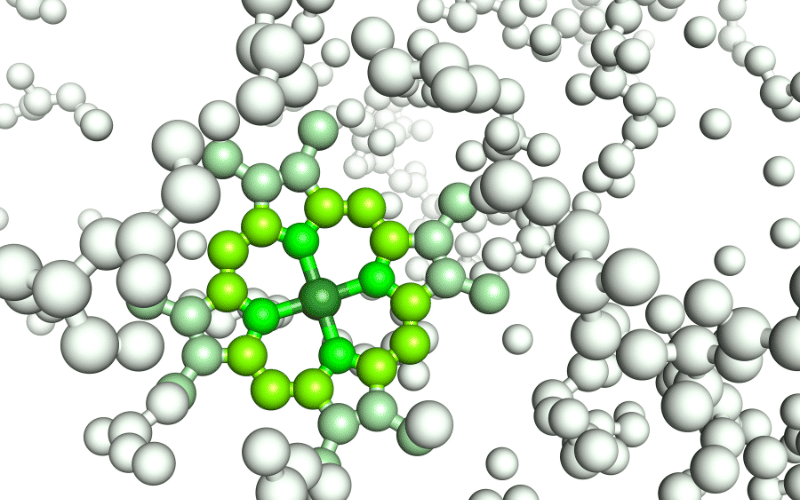10. Protein Aggregates: A Deadly Clump

The final piece of the Huntington’s disease puzzle is the formation of protein aggregates. These clumps of misfolded huntingtin protein are a hallmark of Huntington’s disease and are believed to play a role in its progression.
The huntingtin protein in Huntington’s disease patients has an expanded polyglutamine region due to the CAG repeat expansion. This makes the protein prone to misfolding and clumping together with other huntingtin proteins, forming aggregates within the cell.
Initially, it was believed that these protein aggregates were toxic and directly responsible for neuronal death. However, some recent studies suggest they may be a cellular response to sequester the abnormal protein and protect the cell.
Regardless of whether these protein aggregates are protective or harmful, their presence indicates a cell under stress, struggling to manage the effects of the mutant huntingtin protein. Understanding how these aggregates form and function could open up new avenues for treating Huntington’s disease.
These top ten causes paint a picture of a complex and multifaceted disease, driven by a single gene mutation but influenced by a host of secondary factors. Understanding these causes gives hope for future research and potential therapeutic interventions to halt or even reverse this devastating disease. (10)